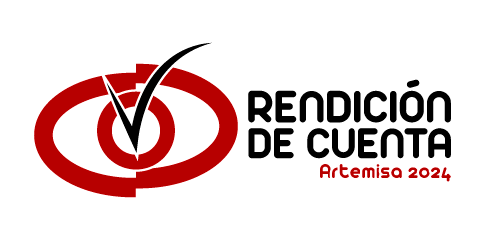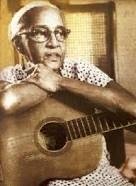First steps:
At a very young age she began to be known in the bohemian and trova settings (places where typical new Cuban songs were sung). She began singing in 1911 and singer Manuel Corona advised her to learn to play the guitar. María Teresa formed a legendary duo with Rafael Zequeira and, between 1914 and 1924; they recorded almost 200 songs, many of which were immediately popular, such as A llorar a Papá Montero. She also sang in the Carlos GodínezTypical Group.
West Sextet.
In the mid-twenties, she met Ignacio Piñeiro, whom she taught to play bass and in 1926 she founded the Sextet West, within the Cuban tradition of son sextets. This group was founded by María Teresa Vera at the request of her music producers. This was mainly due to the great demand that the sextets of son had in the mid-twenties.
The group counted as members, in addition to María Teresa, with Ignacio Piñeiro on the double bass, Julio Torres on the three, Manuel Reinoso on the bongó (small percussion instrument) and Paco Sánchez on the maracas (rattling instrument from South America).
This group developed their career, of short duration and few recordings, largely in contrast to the Habanero Sextet that constituted their competition. These two groups developed the way of playing the son "a la habanera" (Havana’s style) and were the first to define their characteristics.
It is notorious in both groups, within the purest tradition of Afro-Cuban percussion, the free criterion of the bongo-player when performing, as opposed to the dictatorship of the key in 3 and 2. The three in the melody, guitar and bass in harmony, together with the salt of the maracas; they complete the sound box of one of the most mystical music in America.
Santería, withdrawal and return to the song.
Adept of Afro-Cuban religions, she decided to become a santera (a woman who practices superstitious activities) and left music until 1936, when she reappeared ephemerally in a Radio Salas program with a quartet composed by Justa García, Dominica Verges and Lorenzo Hierrezuelo. Since then, Hierrezuelo accompanied her in a duo that lasted more than twenty-five years, during which time Maria Teresa reaffirmed herself as one of the first voices of the trova.
In the mid-1950s, she produced El Casino de la Alegría on television. Tributes to María Teresa Vera came in the sixties, until her death in 1965. Her best known song, Twenty Years, has been performed by the greatest Cuban singers.
In 1995 a tribute albumtitled A María Teresa Vera (Nubenegra, 1995) was issued, in which performers, such as Omara Portuondo, Martirio, Pablo Guerrero, Gema and Pável, Jacqueline Castellanos, Uxía and Argelia Fragoso performed her songs.






Read more...